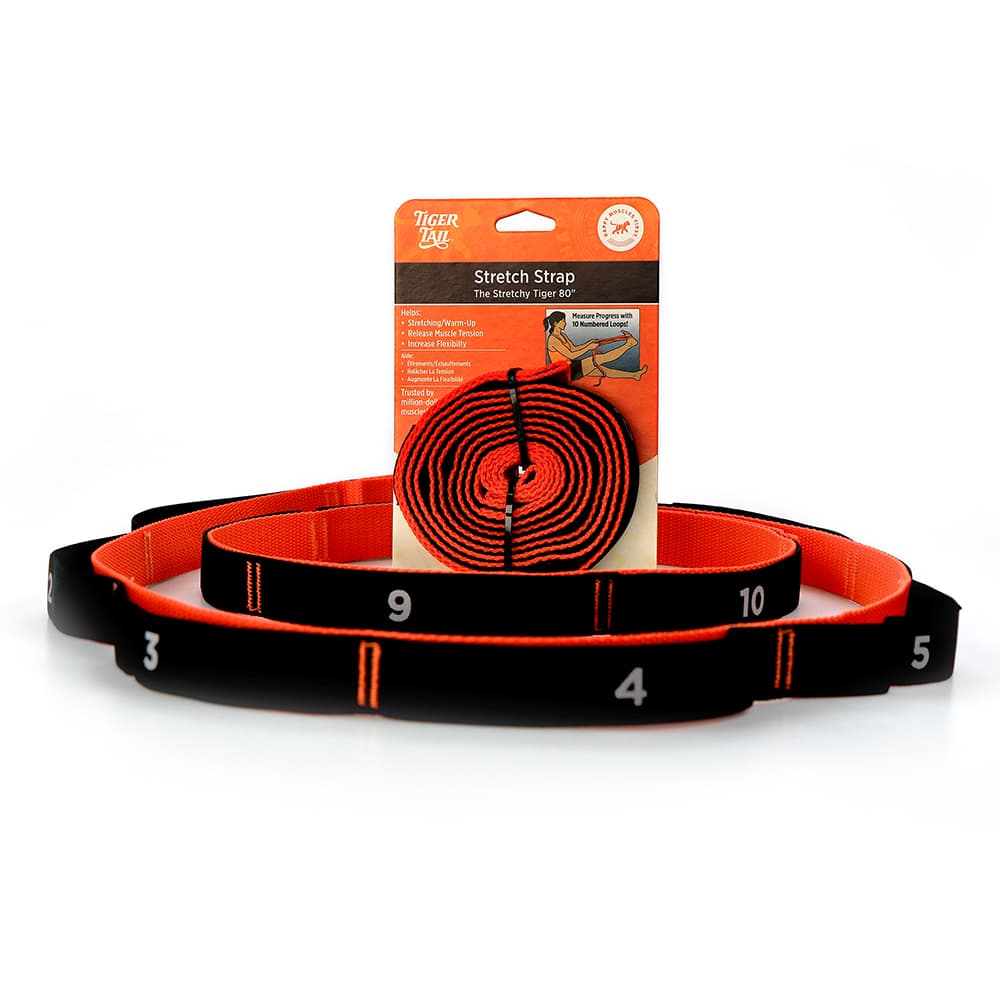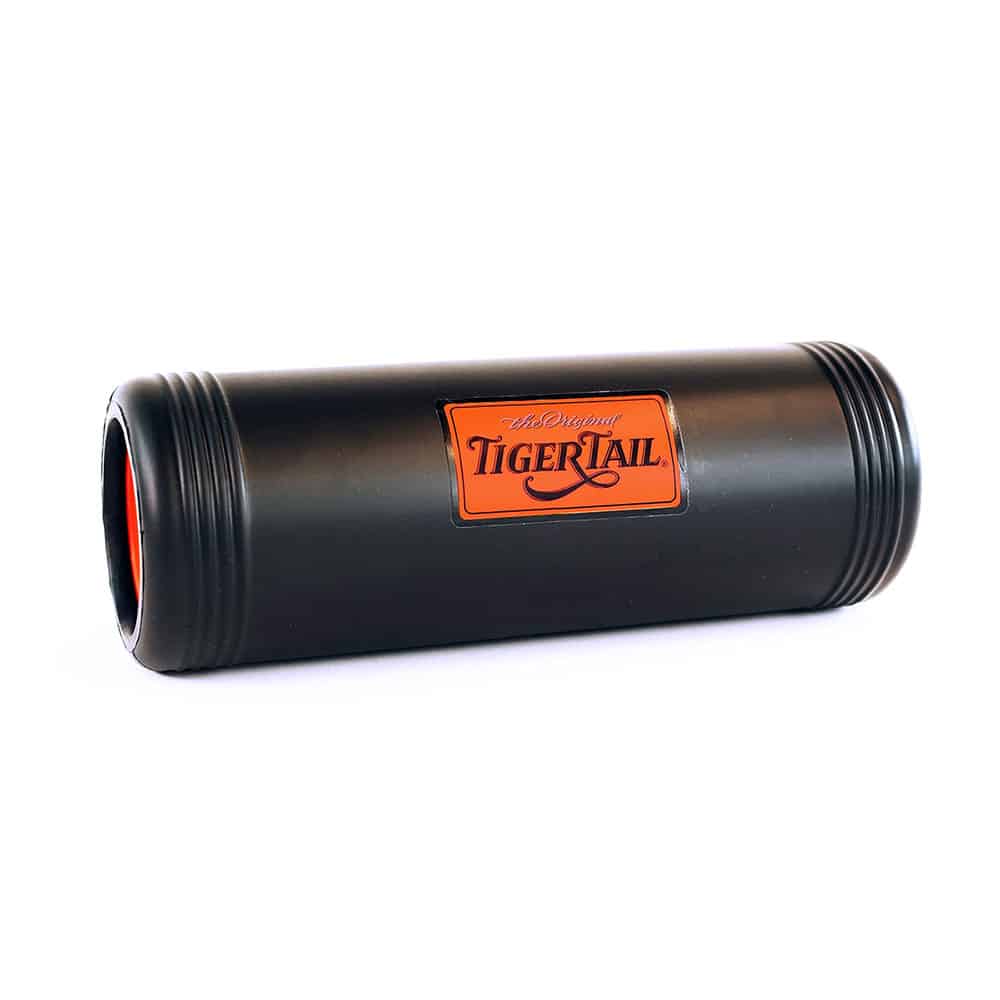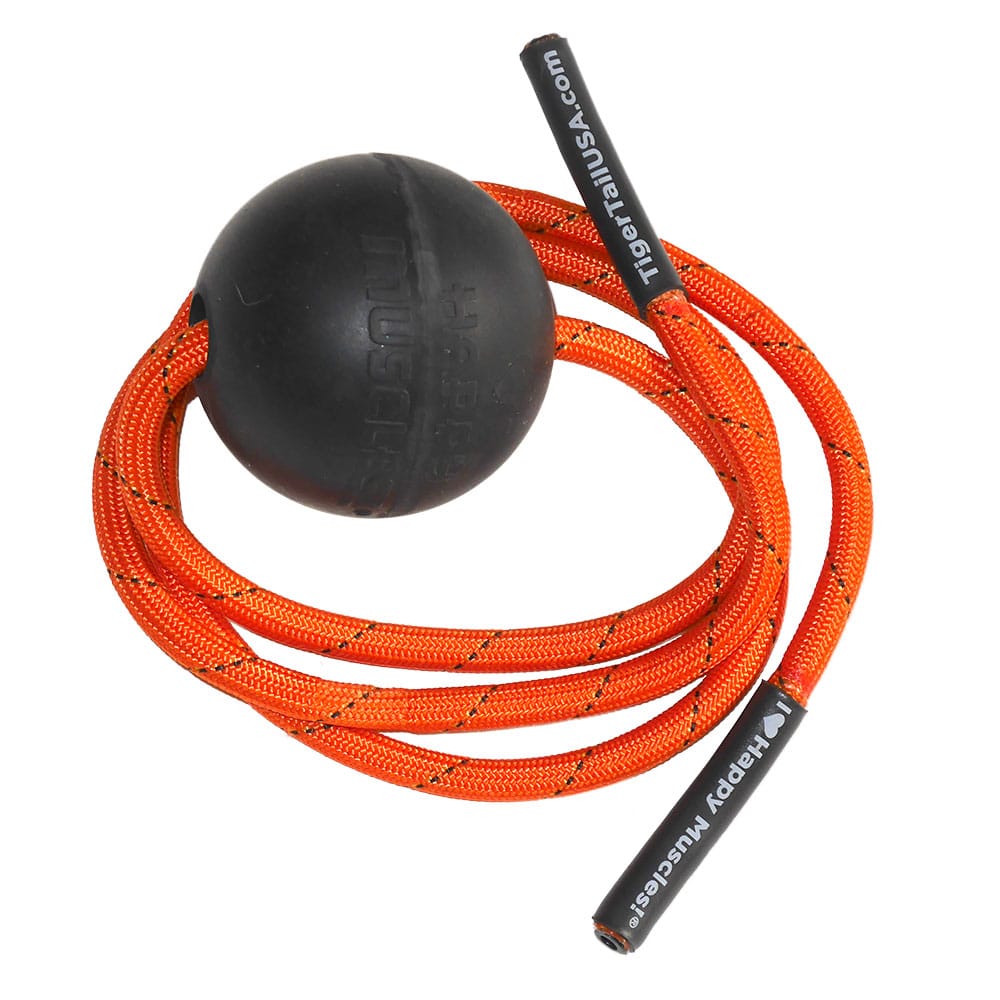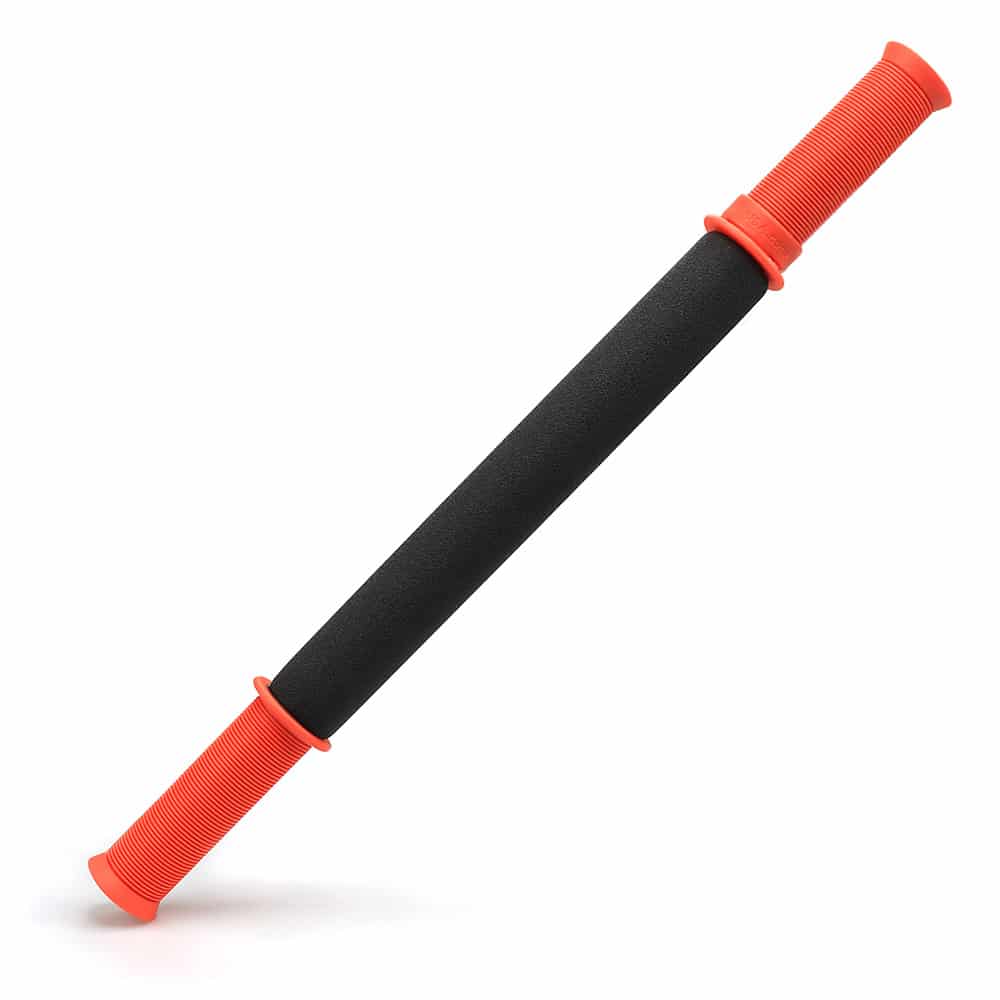Where Does It Work Best?
- Choose the right band: Resistance bands come in different colors and resistance levels. Choose a band that matches your fitness level and the type of exercise you are doing.
- Secure the band: Secure one end of the band to a stable object such as a door, wall anchor, or squat rack. Make sure it’s secured tightly to prevent the band from slipping or coming off during exercise.
- Hold the other end: Grasp the other end of the band with both hands, keeping a firm grip.
- Perform the exercise: There are a wide variety of exercises you can perform using resistance bands. Here are a few examples:
- Bicep curls: Stand on the band with your feet shoulder-width apart and hold the band with your hands, palms facing up. Curl your hands towards your shoulders, keeping your elbows close to your sides.
- Chest press: Secure the band to a stable object behind you at chest height. Hold the band with your hands at chest level and push forward, extending your arms.
- Squats: Stand on the band with your feet shoulder-width apart and hold the band with your hands at shoulder height. Lower into a squat position, keeping the band taut.
- Adjust resistance: You can adjust the resistance of the band by changing the distance between your body and the anchor point. Moving closer to the anchor point will increase the resistance, while moving farther away will decrease it. Cool down and stretch: After completing your workout, take time to cool down and stretch your muscles to prevent injury and reduce soreness.
- Remember to always use proper form and technique when using resistance bands to avoid injury and maximize the benefits of your workout.




